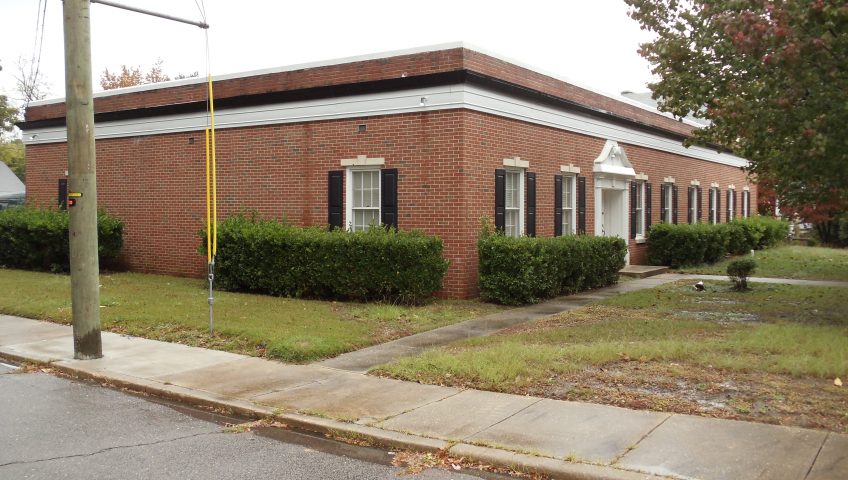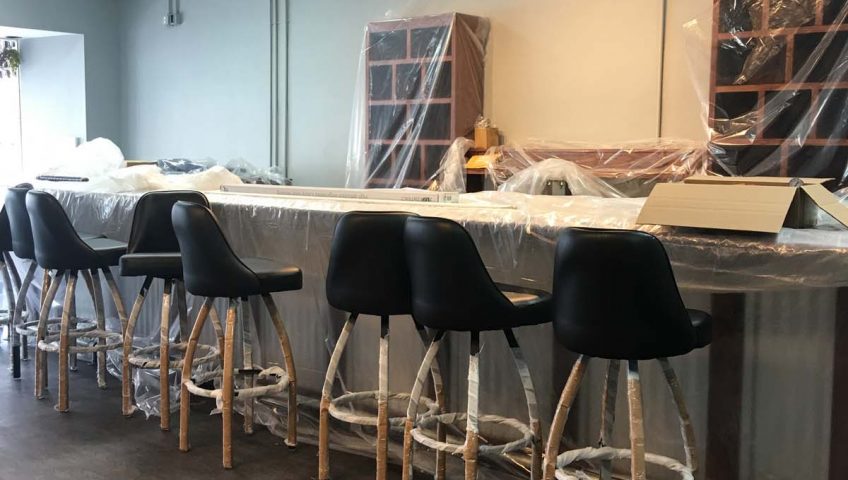Construction of any kind is a very detail-oriented process. If you are constructing a school, medical facility, or office building there are steps that must be taken to ensure the safety of construction workers, and users of the completed building. While permits, licenses and specifications vary with each project the general order of operations remains the same.
When working with an experienced construction firm like Commercial Build Inc. (CBI), you can be sure that your project will follow this general timeline, handle any scope of project and be completed in a timely manner. Here is a general overview of the stages of construction and what can be expected at each stage.
CONCEPT AND DESIGN
The beginning of every construction project is concept and design. Starting first with a concept, followed by a design and blueprints. This can be done with the help of an experienced architect to make sure everything is structurally sound and up-to-code. We take great care working with our clients to ensure that each building will suit their needs and continue to for years to come.
OBTAINING BUILDING PERMITS AND LICENSES
Once the blueprints and construction plans are finalized, the next step is to obtain the correct building and construction permits. This process is not always complete immediately and will be ongoing throughout the construction project. Some permits are needed to obtain different permits at different times. Working with an experienced construction company such as CBI helps this process. Our experience in obtaining the proper permits at the right time helps our process in a timely manner.
CLEARING THE LAND AND FOUNDATION
After you have the initial building permits, your construction project will begin by clearing and excavating the land you want to build. Clearing includes removing any trees, rocks, and/or other obstacles that are in the way of the building. This also includes any leveling or grading the ground that is necessary.
Once the land has been cleared and excavated, the foundation can be poured. Depending on the size of your building and the stability of the land, preparing the subsurface may need to be done prior to the foundation being poured.
FRAMING
Once the foundation has been poured and cured, framing begins on your building. This may include installing wood frames or steel beams. This process does take a while and it is important that everything is done correctly so that it is structurally sound. This stage sets the groundwork upon which all the other aspects of your building will follow.
ROUGH ELECTRICAL AND PLUMBING
After a building has been framed out, a specialty contractor will come in to complete rough electrical and plumbing. This means that pipes and wires are installed where they need to go. This job is not completed at this point, however, it helps to get the rough work in place so that insulation, drywall, and ceilings can go in.
ROOF
Concurrently with the rough electrical and plumbing work, roofers come in to complete the roof on the building. This is important so that any further work inside of the building can take place, due to rain and outdoor elements damaging the work in the remaining steps.
INTERIOR
Once the exterior walls and roof are complete, the heating and cooling needs are addressed. Vents, ductwork and the heating and cooling unit are all installed.
As soon as the heating and cooling is complete, the interior is completed. This includes finishing insulation, putting up drywall and adding ceilings. An electrician often comes out during this stage and finishes up adding outlets and lighting fixtures.
Once the interior walls are up, the fixtures inside of a space can be finalized. This includes things like cabinets, windows, toilets, doors and elevators (if an office building).
FINAL STAGE
The final stage of construction involves putting the finishing touches on the building. This involves painting walls, installing countertops and flooring, and adding faucets. Once this stage is done, you will have a final inspection and you will have a beautiful building to last many years.
At CBI, we are proud to be experienced contractors that can assist you with all aspects of construction. Our team can help you with every step of your building project. Contact us today to learn more about who we are, what services we offer and how we can help you.
We offer services in Fayetteville, Pinehurst, Southern Pines, Lumberton, Sanford, Fuquay-Varina, Apex, and many other cities in North Carolina. For more information, give us a call at 910-818-6811 or you can email us at cbi@commercialbuildingnc.com.


